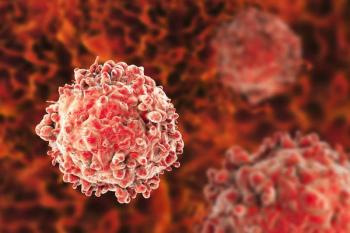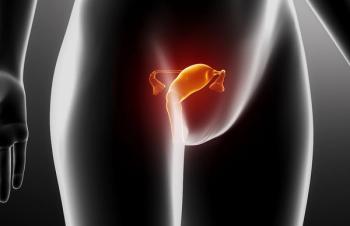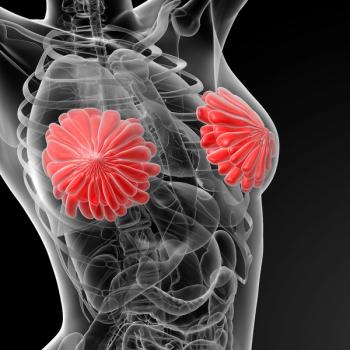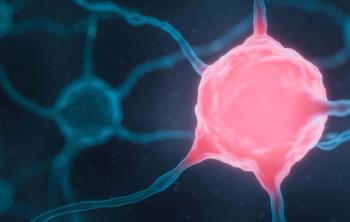
Oncology NEWS International
- Oncology NEWS International Vol 5 No 10
- Volume 5
- Issue 10
Program Trains Community Opinion Leaders in Principles of Pain Control
DULUTH, Minn-Effective strategies to improve cancer pain management in the community may be elusive, but researchers from the Minnesota Cancer Pain Project, led by Thomas E. Elliott, MD, believe they are on the right track with an intervention program that combines education of community opinion leaders with community outreach programs.
DULUTH, Minn-Effective strategies to improve cancer pain managementin the community may be elusive, but researchers from the MinnesotaCancer Pain Project, led by Thomas E. Elliott, MD, believe theyare on the right track with an intervention program that combineseducation of community opinion leaders with community outreachprograms.
To evaluate the program, the researchers randomly assigned threepairs of matched communities to receive either intervention orno intervention, Project Director Karen Johnson, MPH, of the DuluthClinic, said at her Congress poster presentation.
Opinion leader educators (physicians, nurses, pharmacists, socialworkers, and clergy) from the intervention areas participatedin a 2-day minifellowship that included lectures, clinical andhospice rounds, and preceptorships; they then returned to theircommunities to set up a task force of other educators, to diffusethe message and train their peers. This strategy was reinforcedwith community outreach education programs.
The results showed positive trends in the intervention communitiestoward reduced pain prevalence and improvement in physicians'and nurses' knowledge and attitude scores, but none reached significance.
Although the quantitative data were not statistically significant,Ms. Johnson believes the qualitative data, derived from surveysof task force members, suggest that the intervention produced"a much larger shift in behaviors than could be demonstratedwith the instruments that we used."
The task force members reported that previously unavailable painassessment tools were now being used, and pain protocols werebeing instituted. "We believe this type of intervention,trying to change patient pain levels by educating the people whotreat them, should prove effective in future intervention studies,"Ms. Johnson said.
Articles in this issue
about 26 years ago
Anesthetic Interventions Rise When Anesthesiologists Join the Pain Teamabout 26 years ago
Worldwide UN Survey Shows Many Impediments to Morphine Availabilityabout 26 years ago
Case-Based Pain Curriculum Used in Canadian Schoolsabout 26 years ago
Pain Descriptions May Predict Presence of Neuropathic Painabout 26 years ago
Neurotoxicity Related to High-Dose Opioid Therapy Can Be ManagedNewsletter
Stay up to date on recent advances in the multidisciplinary approach to cancer.
































































































